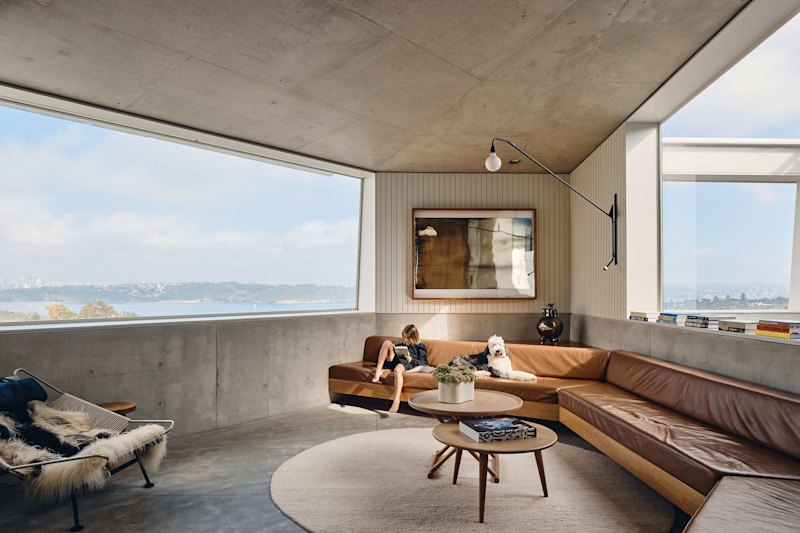The do's and don'ts of creating a will for a blended family

Making a will is something many of us place it in the too-hard basket. For blended families, the process can seem more fraught.
Parents wanting to provide for their loved ones when they pass balance competing responsibilities, social politics and family dynamics, and often delay doing so – or don’t make one at all.
Almost one in two Aussie mortgagors don’t have a will, according to new research by financial comparison service comparethemarket.com.au.
The angst of will-making
Adelaide couple Amanda Fenton* and her husband found the process so difficult they didn’t bother until 18 months ago. The couple, who have been married for 12 years and have grown-up children to previous partners (Amanda has a son, her husband has two sons), kept putting it off.

One of Amanda’s biggest stumbling blocks was seeing what happened to someone she knew in a similar situation.
“He died first and she excluded his child. It’s not that I don’t trust my husband but if something happens to you and your partner re-partners, they can walk away with half of everything,” she says.
To further complicate things, her husband didn’t have contact with his younger son for 18 years after his ex-partner moved interstate. And Amanda worried that any inheritance left to him might come into the hands of her husband’s ex-wife.
Over time, they’ve developed a great relationship with her husband’s (now grown-up) younger son and built more assets. Between them, they own three homes.
The couple decided on what’s known as a “mutual will” – one that includes an agreement not to change your will after your partner passes away. It leaves their assets to each other, then equally to the children.
“The solicitor said it doesn’t have a huge amount of legal standing,” Amanda says. “It was purely for my peace of mind.”
Melbourne-based buyers and vendors advocate David Quinn and his wife also struggled with how to best structure a will for their complex, blended-family situation.
The couple have an adopted daughter with a disability. David’s wife also has two children from a previous relationship.
The pair only arranged a will three months ago, after 11 years of marriage. A major challenge was how to ensure assets were split as they wanted and that their children got what was intended for them.
They’ve opted for a “lifetime interest” in their home until their adopted daughter turns 21 so all the children can access their shares in the estate. Two trusts look after the ongoing needs of their adopted daughter.
“If my wife passed away tomorrow, it gives me 14 years to live here, which makes me 71 when I get ‘kicked out’,” David says. “While it will probably have its challenges, hopefully I will be in a strong financial position then.”
Know your options
Jacqueline Brauman, principal solicitor at TBA Law Victoria and an accredited wills and estates specialist, says lack of awareness of the estate planning options hinders many in blended families from making a will.
“A common struggle is feeling they don’t have enough assets to meet the obligations they wish to fulfil,” she says. “But, there’s actually some fairly creative stuff that can be worked through if given the time and attention.”
She says managing expectations and reaching agreement with your partner is key.
One option followed by many older couples coming together after a hard divorce is to keep their assets separate and leave everything to their respective children, she says.
“Maybe 10 years down the track, they’ll pool everything, leave everything to each other and divide it equally between the kids in the end.”
Property owned “jointly” between spouses automatically goes to the surviving spouse.
“It’s not at risk of a dispute with your kids,” she says. “If you think ahead, you can actually plan to own your assets in the right way so it ends up with the right people.”
If you don’t own the home jointly, some options include giving your partner a “right to reside” or a “life interest” in the property, which is then passed onto children.
A life interest gives the partner an equitable interest in the property for their life, whereas a right to reside is more like a tenancy, she says.
A more flexible life interest in a property allows the capital to be transferred to a different property or aged care bond.
Trusts are another useful recourse to explore. “There’s lots of different trusts,” Brauman says. These include discretionary family trusts (where you can give all beneficiaries various rights and controls), and protective trusts (which allow someone income for life but not the capital).
“There’s that saying, you can’t rule from the grave, but to a degree you can. Be strategic about using your estate assets and non-estate assets to balance any competing obligations.”
This includes super and life insurance.
She suggests those without much equity in the home choose who they’re going to prioritise.
“The most important thing is to make sure you’re on the same page and the kids know what you’re doing and why,” she says. “Disputes tend to arise when expectations haven’t been set.”
Adult children were the most common claimants (over 50 per cent) in contested wills, according to a 2015 study by Queensland University while 23 per cent of will contests were initiated by partners (including ex-partners).
The study found wills involving blended families and step-children were less likely to distribute assets equally and those contesting wills had a high rate of success.
The researchers called for more understanding of will-making given growing numbers of blended families, greater possibility of contestation, and the need to fund a longer old age due to increased longevity.
*Amanda Fenton’s name has been changed in this story to protect her privacy.
We recommend
States
Capital Cities
Capital Cities - Rentals
Popular Areas
Allhomes
More







